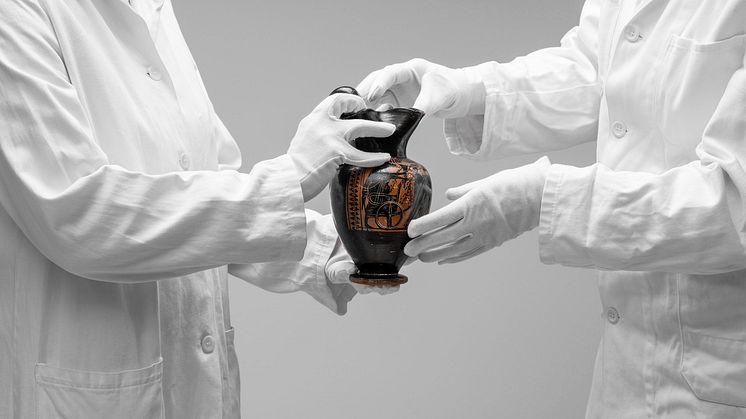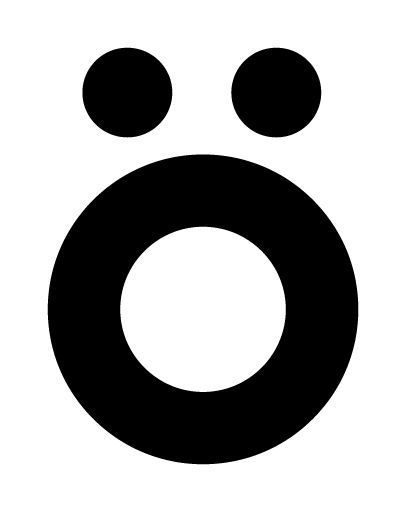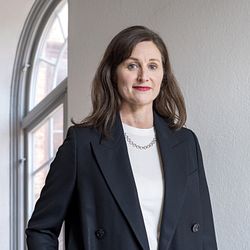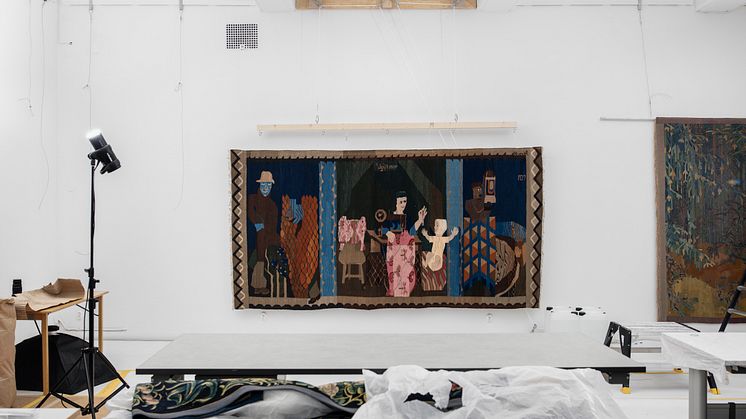
Pressmeddelande -
Migration offers new perspectives on the museum collection
Why do similar motifs and patterns appear in different cultures and periods? This is one question that the Röhsska Museum examines in Migration – the Journeys of Objects. The exhibition that opens October 23 offers new perspectives on the museum collection.
What journeys have objects undertaken before ending up in the museum collection? How can we understand why similar motifs and patterns appear in different cultures and periods? In what ways do local resources affect the shape of, and trade in, design? The exhibition Migration – the Journeys of Objects examines how design migrates by placing the museum collection in a global historic context.
– As a museum taking a broader view of the designed and crafted world, Migration is an opportunity to build knowledge about our collections and increase our understanding of how design and craft practices have enabled techniques, technologies, materials, production, and trade for objects to migrate and be distributed over geographies and time, and for the museum to share and discuss these findings with our publics, says museum director Nina Due.
This exhibition, co-curated with international design magazine MacGuffin, presents over 200 objects of various cultural, geographical and historical origins. They are arranged in series according to material and typology. Some displays feature two or three items, others contain hundreds.
– One of the environments in which this is a pertinent question is the museum, traditionally a place where objects are regarded as products of a specific, clearly demarcated culture. Until recently, collections were usually categorized according to ‘origin’ rather than ‘interchange’, more often valued as a canon of historical certainties than as bearers or witnesses of conflict and migration, say MacGuffin Magazine’s Ernst van der Hoeven and Kirsten Algera, co-curators.
Antique earthenware alongside contemporary art
Migration – the Journeys of Objects features everything from Coptic textile fragments and Skåne tapestries to Sami spoons of reindeer horn and Swedish tobacco caddies. Exhibition highlights include: the sixteenth-century tapestry Astronomie; a selection of antique Greek vases; Hannah Ryggen’s feminist tapestry Unmarried Mother (1937); and the new, site-specific installation by Olof Marsja, What if the bear is the sun and the sun is the bear (2021).
Migration – the Journeys of Objects runs from 23 October 2021 until 28 August 2022. Accompanying the exhibition is a catalogue in Swedish and English.
Curators: Kirsten Algera and Ernst van der Hoeven (MacGuffin Magazine); Johan Deurell (Röhsska Museum of Design and Craft).
Photos:
Wooden chests, 1500-1600, designer unknown. Photo: Carl Ander, the Röhsska Museum.
Catalogue card showing spoons carved from reindeer horn, nineteenth century, from the museum collection. Photo: Carl Ander, the Röhsska Museum.
Greek earthenware from 750-450 BC, from the museum collection, Photo: Carl Ander, the Röhsska Museum.
Ämnen
Kategorier
Alldeles vid Avenyn i centrala Göteborg ligger Röhsska museet. Röhsska museet är sedan det öppnade 1916 Sveriges enda specialmuseum för design och konsthantverk. Här presenteras historiska och samtida design och konsthantverk i tillfälliga och permanenta utställningar. I samlingen ryms konsthantverk, industridesign och mode liksom specialsamlingar av bland annat bokband, affischer, allmogetextiler och japanska träsnitt. Museets föremål berättar om skaparkraft, uttrycksvilja, stilar, moden och konstnärliga ideal under olika epoker och i olika världsdelar.
Röhsska museet är en del av Göteborgs Stads kulturförvaltning. Samfinansierat av Västra Götalandsregionen.


